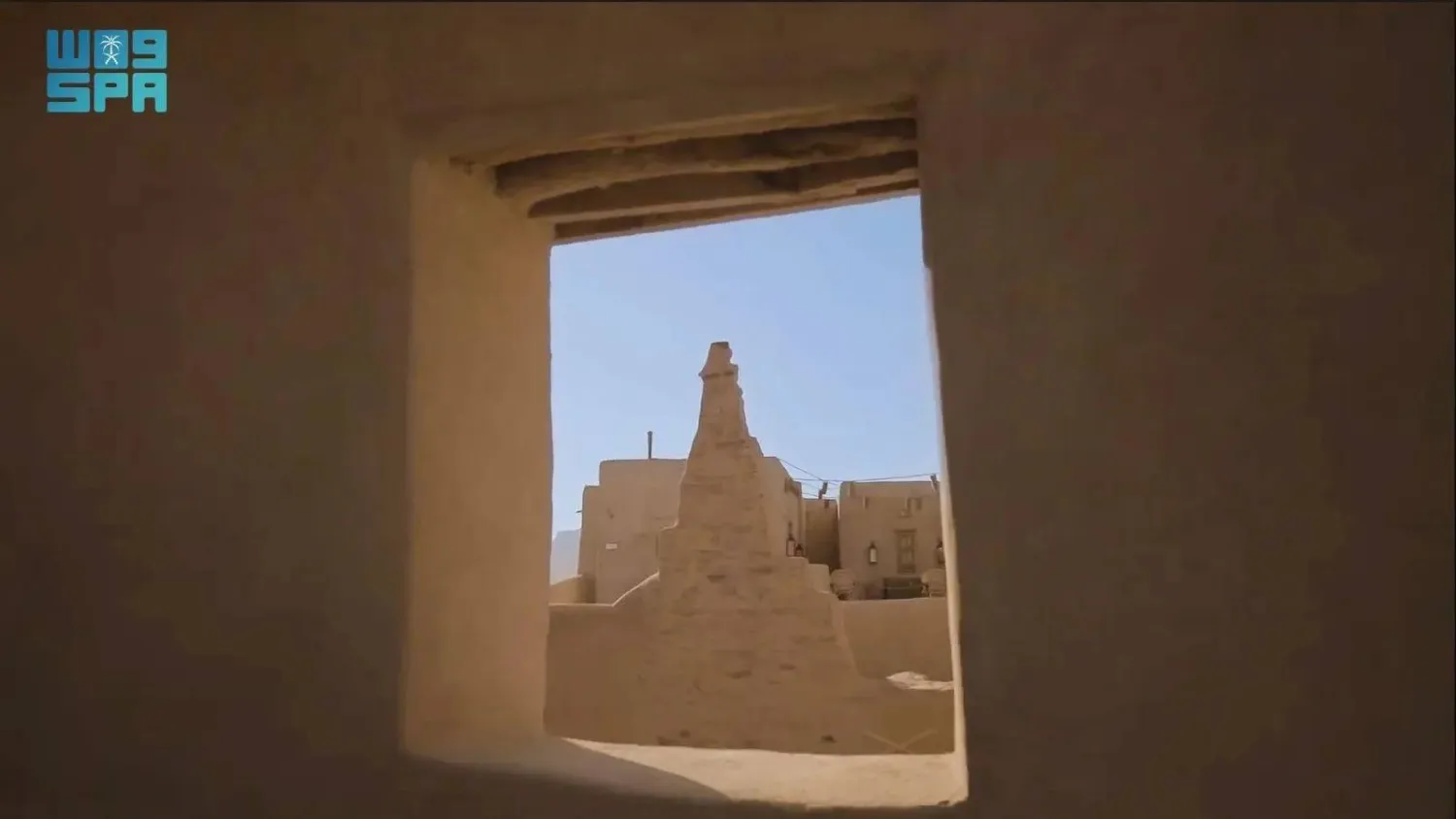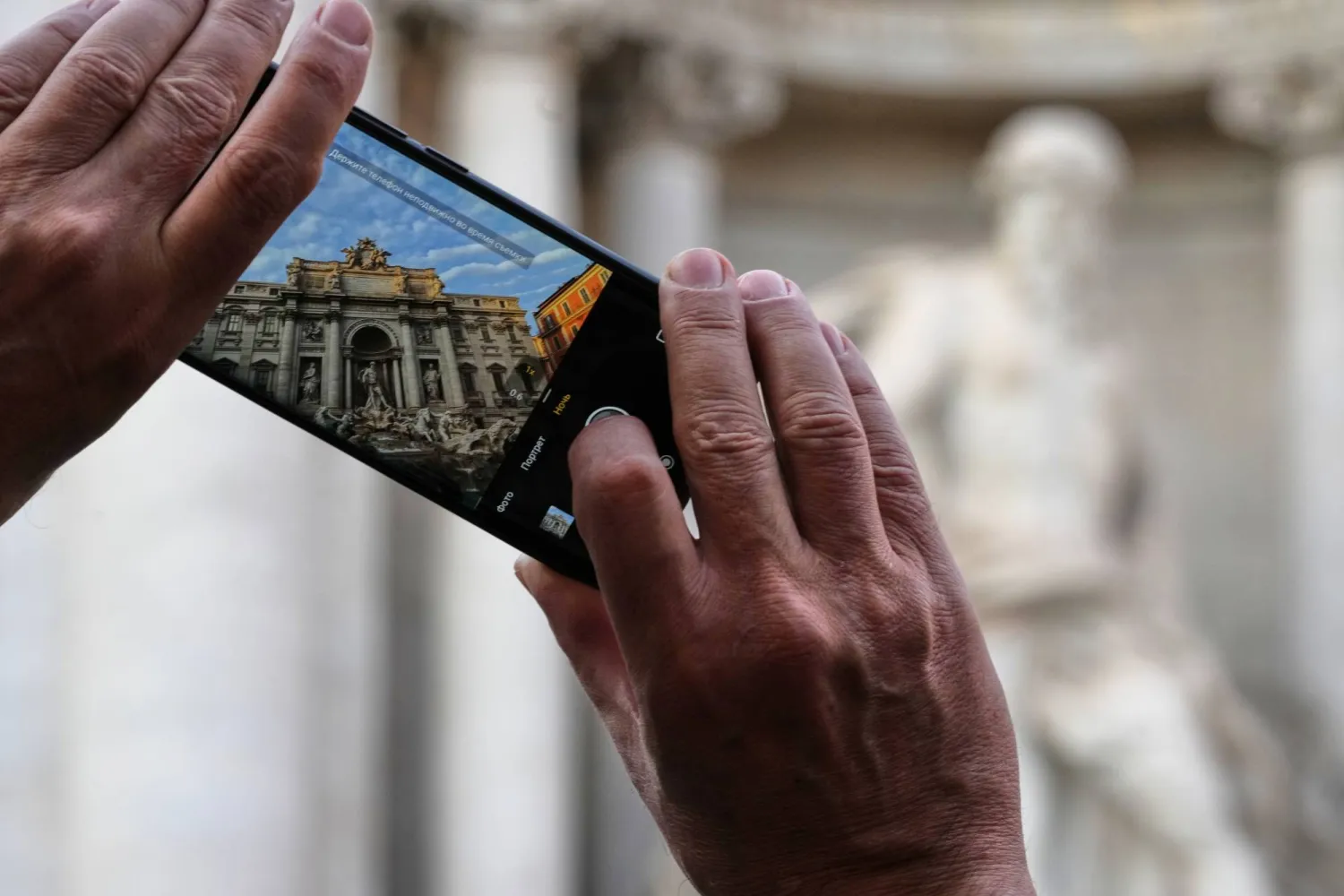King Fahd National Library has launched a new initiative, called "Open Access", to mark World Book and Copyright Day. It enables free access to a range of its publications on library and information science, Saudi history, and heritage.
By making these publications readily available, the library wishes to encourage the public to seek knowledge, which is vital to individual and societal development.
King Fahd National Library Secretary General Prince Khaled bin Talal bin Badr expressed pride in the initiative, and said that it will help wider dissemination and accessibility of knowledge.
The initiative is part of the library's continuous efforts to foster the culture of reading and scientific research, and position itself as a prominent knowledge hub in Saudi Arabia.
Furthermore, the "Open Access" initiative aligns with UNESCO Recommendation on Open Science, of 2021.
It will benefit library users and strengthen partnerships with private, government, and semi-government entities such as the Saudi Authority for Intellectual Property (SAIP), the Literature, Publishing and Translation Commission, the Libraries Commission, the Research Development and Innovation Authority, associations, public libraries, specialized libraries, academic libraries, academic departments, and research centers concerned with libraries, information, and publishing.
The "Open Access" approach is the core focus of this initiative; it enables users to freely access scientific and literary books through Creative Commons (CC) licenses that give online access to sources, with certain reuse rights, provided attribution is given to the authors.
The initiative aligns with the goals of the Kingdom's Vision 2030 by promoting the reading culture, scientific research, knowledge dissemination, and accessibility.
Saudi Arabia's King Fahd National Library Introduces 'Open Access' Initiative

The library wishes to encourage the public to seek knowledge

Saudi Arabia's King Fahd National Library Introduces 'Open Access' Initiative

The library wishes to encourage the public to seek knowledge
لم تشترك بعد
انشئ حساباً خاصاً بك لتحصل على أخبار مخصصة لك ولتتمتع بخاصية حفظ المقالات وتتلقى نشراتنا البريدية المتنوعة







